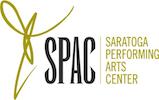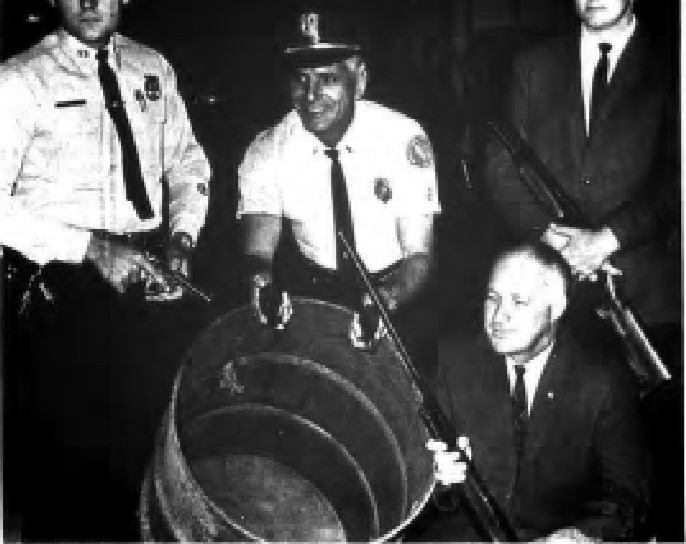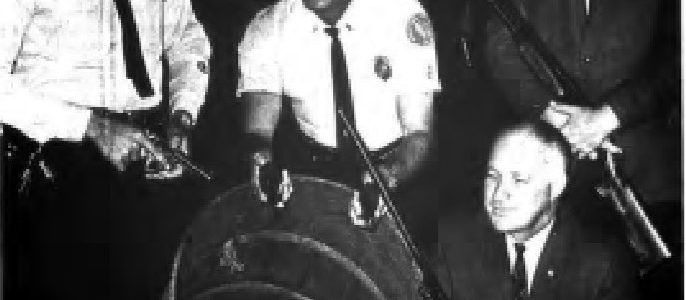by Evan McDonagh
For over fifty years, the Saratoga Performing Arts Center (SPAC) has brought quality classical music and dance to the gorgeous landscape of the Saratoga Spa State Park, including the New York City Ballet and the Philadelphia Orchestra. However, the instruments that compose the performance art of SPAC arrive as the result of great effort and unusual circumstances. Their story represents the beauty and special nature of SPAC.
The Torchinskys and Their Tuba – Part of the SPAC Family
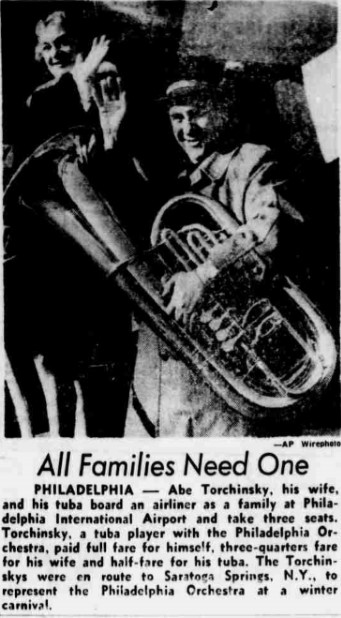
Every season, SPAC always tries to make its guests feel like family by encouraging and hosting picnics, family nights, and other social events; however, this sense of family exists for the musical instruments as well. In the winter of 1970, the Philadelphia Orchestra had arranged for their own Abe Torchinsky to represent them at a winter carnival at SPAC; however, for the unfortunate musician, the air fare strained his wallet.[1] A tuba player for the Philadelphia Orchestra, Mr. Torchinsky found it difficult to travel with both his wife and his immense instrument. Due to its great value, he viewed his tuba as a dear companion unfit for storage. Fortunately, his flight provider, Allegheny Airlines, sympathized and charged Mr. Torchinsky, his wife, and his tuba under the family discount plan with the tuba treated as Abe Torchinsky’s child.[1] [2] While many musicians travel by air, Abe Torchinsky’s tuba was treated as his own child, a relationship of affection that typifies the love and emotion expressed on the SPAC stage.
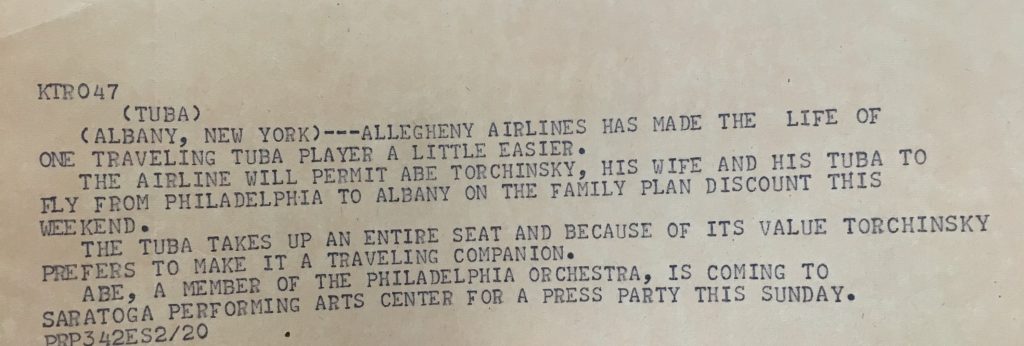
Graduating from Skidmore to SPAC
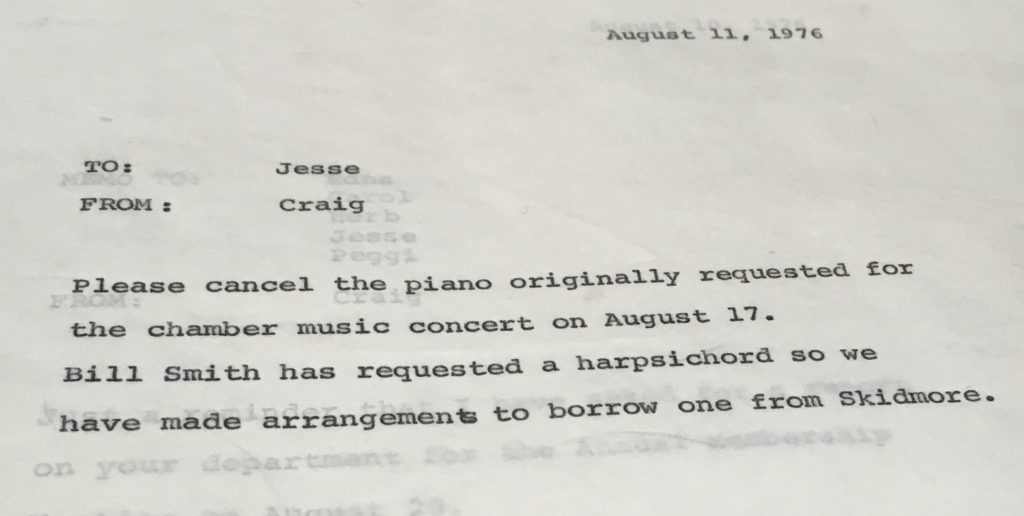
While instruments usually arrive with their musicians, they often come from the community itself. Another prominent institution in Saratoga Springs, Skidmore College shares a long history of friendship with SPAC dating back to its inception. During the summer season of 1976, musician Bill Smith requested a harpsichord for the a chamber music concert at the Victoria Pool Arcade in Spa State Park on August 17th. While the specific program for that performance cannot be found, by August of 1979, Bill Smith had come to perform at SPAC with the Philadelphia Orchestra as an Associate Conductor; in all likelihood, Mr. Smith was performing for that prestigious group in 1976.[3] The August of 1976, SPAC had a worrisome dilemma – they did not have Bill Smith’s requested instrument: the harpsichord.[4] Remedying the situation, SPAC general manager Craig Hankenson received aid from Dr. George Green of the Skidmore College Music Department, which provided the harpsichord for the concert. This was not the first instance of collaboration; Skidmore had lent a harpsichord to SPAC a number of times before.[5] The music at SPAC can only be made by instruments, and these instruments often arrive thanks to the enduring community bonds that SPAC has forged.
A Blast at SPAC with The Saratoga Springs Police Department
While community connections have played a major role, some of the most unique instruments to grace the SPAC stage came the close relationship between SPAC and the Saratoga Springs Police Department. In the summer of 1968, the famed San Franciscan conductor Seiji Ozawa returned to SPAC for his third summer as guest conductor for the Philadelphia Orchestra in the All-Tchaikovsky Program. Already an accomplished conductor, Ozawa found the key to a truly astounding and brilliant performance in SPAC’s ties to the town.[6] On the night of August 15th, as audience members enjoyed the conclusion of Tchaikovsky’s “Overture 1812,” they found themselves astounded by the thunderous symphony of cannon fire, yet no cannons lay in sight. This seemingly impossible feat came about not through technical wizardry, but rather the most unusual performers: Patrolman Donald Wittman and Lieutenant Joseph Puorio of the Saratoga Springs Police Department, and John and David Beecroft of the local Schaghticoke Gun Shop. To simulate cannonfire, the quartet utilized an unorthodox combination of their own firearms and an oil drum. [7] Already a stunning performance, Ozawa’s rendition of Tchaikovsky’s “Overture, 1812” became all the more beautiful thanks to the genial relationship between the Saratoga Performing Arts Center and the Saratoga Springs Police Department.
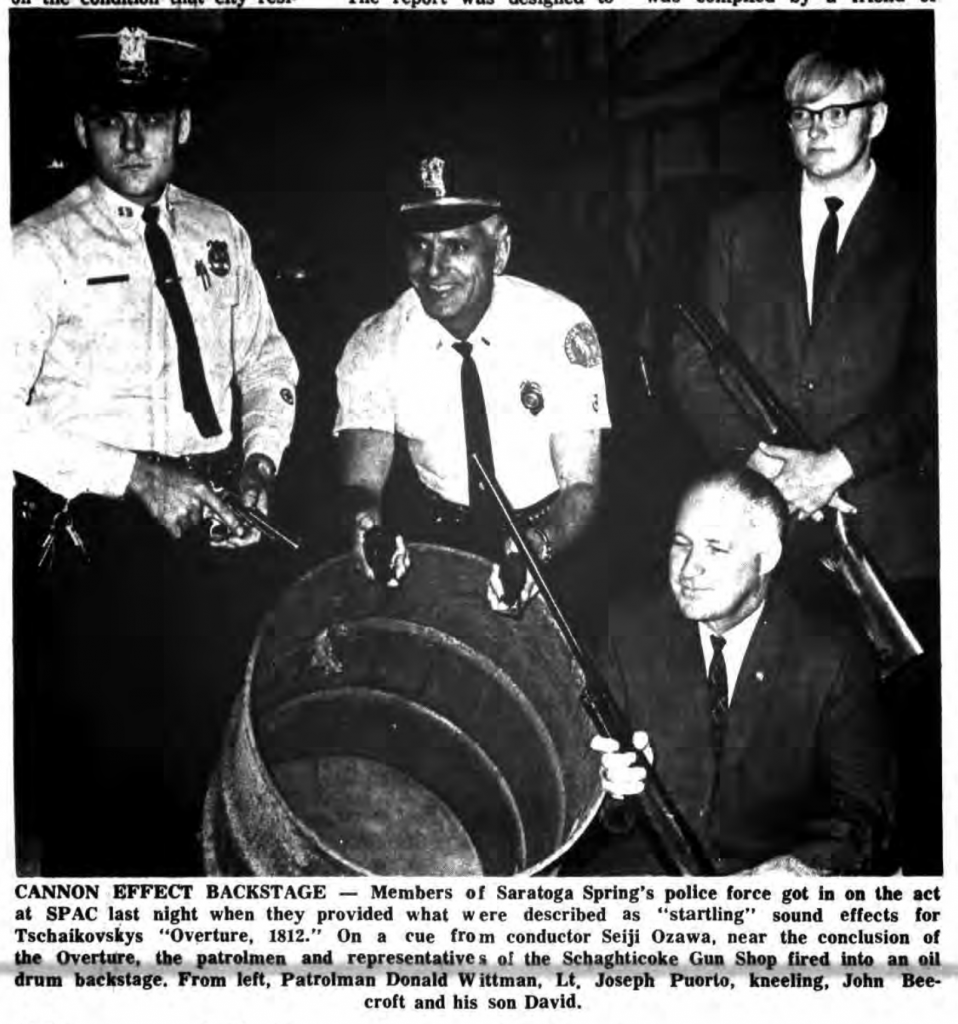
Patrolman Donald Wittman and Lieutenant Joseph Puorio of the Saratoga Springs Police Department, and John and David Beecroft of Schaghticoke Gun Shop, assist Seiji Ozawa’s performance with fake cannonfire. Courtesy of the Fulton History Archive. [7]
Beautiful and unique as it is, SPAC music and dance could not be special without the instruments and more importantly, the community, emotions, and bonds behind them. Whether tubas, harpsichords, or even firearms, the unusual stories of the instruments that have crossed the SPAC stage speak to the special beauty of the performances at SPAC. This spirit of care and community, shown through instruments, makes SPAC the special place that it still is today.
[1] SPAC Archive, Miscellaneous A-Z, Publicity, Abe Torchinsky Tuba Seat News Ticker [1970].
[2] ProQuest Historical Newspapers. AP Wirephoto. All Families Need One. February 23, 1970. Print. In The Nashville Tennessean. Nashville: The Nashville Tennessean, 1970, p 19.
[3] Fulton Archive. “Philadelphia orchestra will give 12 concerts.” Glenville Journal, August 1, 1979.
[4] SPAC Archive, Executive Correspondence, Binder 3. Craig Hankenson, Letter to Jesse, August 11, 1976.
[5] SPAC Archive. Executive Correspondence, Binder 3. Craig Hankenson, Memo to Herb Chesbrough, August 6, 1976.
[6] Fulton Archive. Doblin, Helga. “Seriji Talent Still Supreme.” The Saratogian, August 16, 1968.
[7] Fulton Archive. Doblin, Helga. Cannon Effect Backstage, The Saratogian, August 16, 1968, p. 1.
ABOUT THE AUTHOR
Evan McDonagh is a history major and international affairs and political science minor in the class of ’21 at Skidmore College. He has attended some performances at the Saratoga Performing Arts Center in the past and most enjoys the New York City Ballet. Evan hopes to work in an archival setting one day and appreciates the opportunity offered by working with the SPAC collection.
